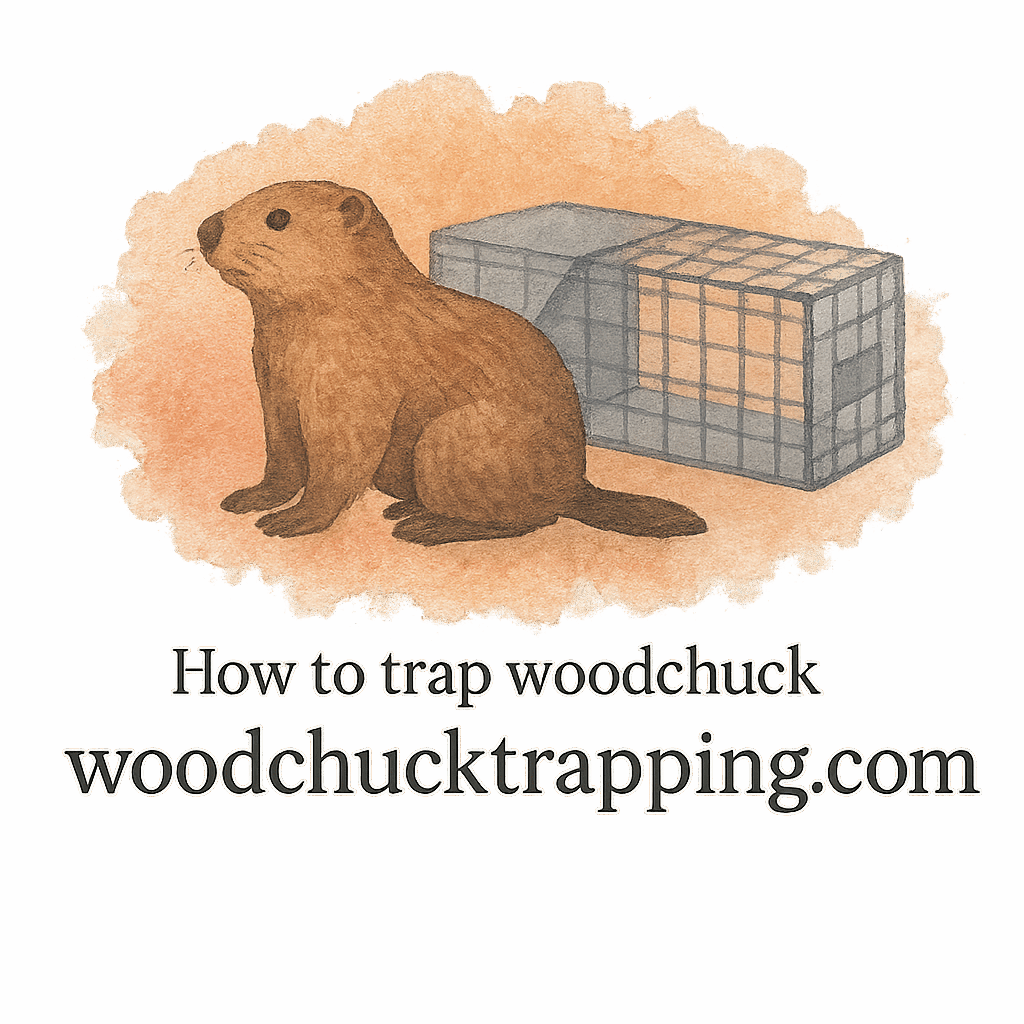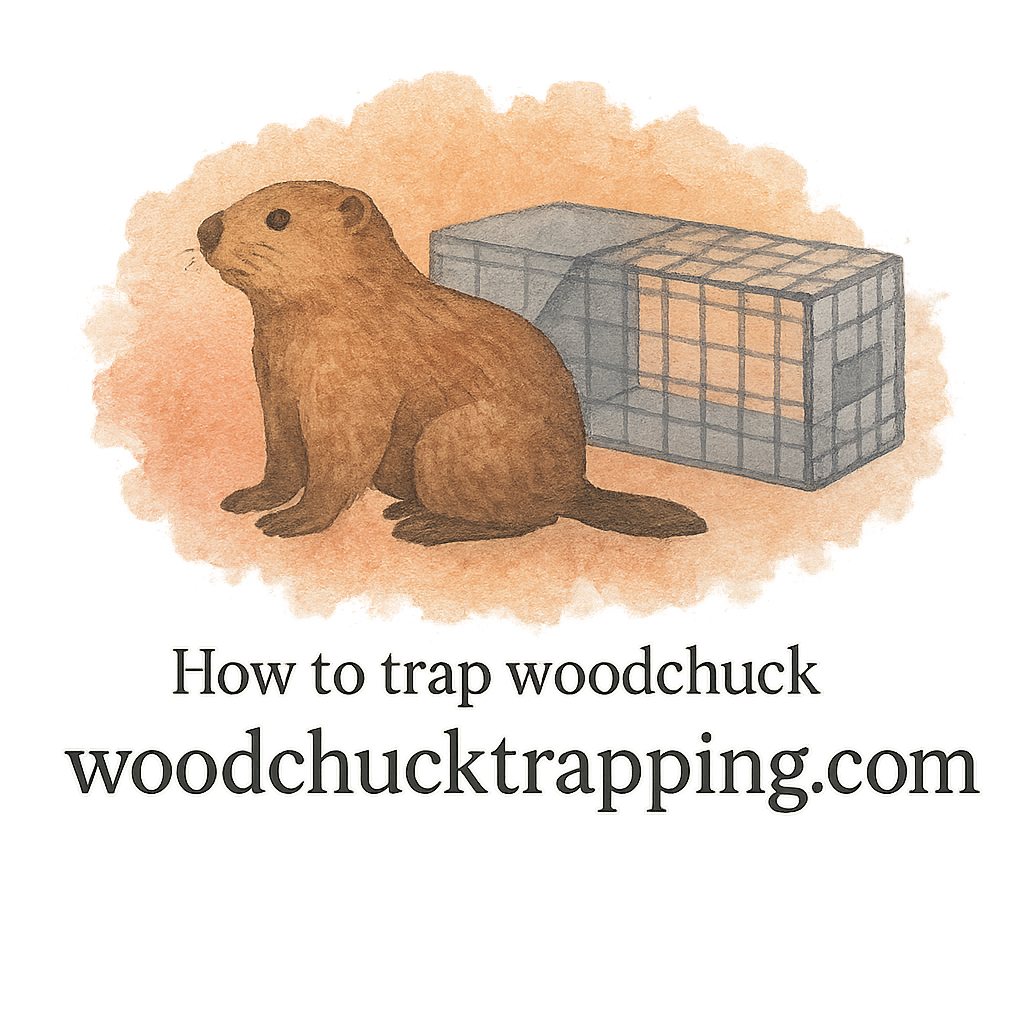Introduction
Trying to trap a sneaky woodchuck in your backyard? You’re not alone! Whether it’s your veggies disappearing or burrows wrecking your lawn, one smart move is using the right scent to lure them in. Let’s dive into how you can turn the tables using smell as your secret weapon.
Understanding Woodchuck Behavior
Why Scents Work on Woodchucks
Woodchucks, or groundhogs, have an incredible sense of smell. Like a bloodhound for veggies, they use their noses to find food and assess threats. That’s why leveraging specific scents is a game-changer.
Natural Instincts and Attraction
These critters are driven by food, safety, and routine. When they smell something familiar and delicious, they follow their instincts right into the trap—if you set it right.
Choosing the Right Scent for Your Trap
The Science of Scent Baiting
Scent molecules float in the air and reach a woodchuck’s highly sensitive olfactory system. The goal is to mimic their natural food sources—or tempt them with something irresistible.
Factors That Influence Attraction
Think freshness, intensity, and placement. Even the time of day and season can affect how well a scent performs. Always keep your bait fresh and free from your own scent (yep, wear gloves!). For more tips on gear, check out equipment reviews.
Top 8 Scents That Attract Woodchucks
1. Apple Scent
Why Woodchucks Love Apples
Apples are sweet, juicy, and a woodchuck’s idea of a 5-star meal. That familiar fruit scent is easy for them to pick up on.
How to Use Apple Scent in Traps
Place apple slices inside and around the trap. You can even drizzle apple juice to boost the aroma. Just don’t overdo it—too much can turn soggy and spoil.
Use scent bait designed to mimic apple if fresh ones aren’t practical.
2. Cantaloupe Aroma
Sweetness that Lures Them In
This sweet, summer melon is another favorite. Its sugary smell is strong and appealing, especially in warm months.
Placement Tips for Best Results
Cut fresh chunks and rub them inside the trap floor. Pro tip: let a few pieces rot slightly—they’ll smell stronger!
3. Lettuce Leafy Smell
Familiar Garden Favorites
Woodchucks often raid gardens, and lettuce is usually top of their hit list.
Using Fresh vs. Artificial Scent
Fresh is always better, but artificial green leafy scents work when fresh produce isn’t an option.
Also helpful: learn about garden damage prevention.

4. Peanut Butter Perfume
Strong Aroma, Strong Attraction
Peanut butter’s strong smell and rich texture keep woodchucks coming back.
Combining with Other Baits
Try mixing peanut butter with apple chunks—talk about an irresistible combo! And use trapping techniques to place them smartly.
5. Corn and Grain Scent
Triggers Natural Foraging Behavior
Woodchucks naturally forage for grains and corn, especially late summer and early fall.
Ideal Time to Use Grain Baits
Use cracked corn or grain-based scent lures when they’re fattening up for winter.
6. Clover and Alfalfa Smell
Mimicking Their Preferred Diet
In the wild, clover and alfalfa are daily snacks for woodchucks. Mimicking these scents puts you on their radar.
Seasonal Relevance of Scents
Use these in spring and early summer when fresh greens are on their mind.
7. Anise Oil or Licorice
Unusual but Effective
This might surprise you—woodchucks dig licorice-like scents! Anise oil is a known attractant in trapping circles.
Best Practices for Application
Just a few drops near your bait will do. Don’t douse everything; you want to attract, not overwhelm.
8. Commercial Woodchuck Lures
What’s Inside Store-Bought Scents
These often combine apple, anise, and even clover in one powerful blend. Perfect if you’re short on time.
Top-Rated Products to Try
Look for reputable brands with reviews. For ideas, explore baiting & luring and trap gear tags.
Best Practices for Using Scents
Scent Placement Strategy
Place scents in and just outside the trap to guide them in naturally. Think breadcrumb trail.
Masking Human Odor
Your scent = red flag. Always wear gloves when handling traps or bait.
How Often to Reapply Scents
Freshness matters. Reapply daily or after rain. Check how-to trap tips for best practices.
Mistakes to Avoid When Using Scents
Overpowering Odors
Too much of a good thing can scare them off. Keep the scent natural and subtle.
Using the Wrong Type of Trap
No scent works if your trap setup’s wrong. Use compact traps in small yards and check equipment essentials.
Legal and Ethical Considerations
Humane Trapping Tips
Respect the animal. Use humane traps and release carefully. Learn more about humane and safe trapping.
Local Laws You Need to Know
Always check your area’s laws & safety. Some regions have specific rules about trapping wildlife.
Final Thoughts
There you have it—your scent-based strategy to outsmart woodchucks. By understanding their nose and choosing the right bait, you’ll up your trapping game in no time.
FAQs
1. How long do woodchuck scent baits last?
Usually 1–2 days. Reapply daily for best results.
2. Do commercial lures work better than natural baits?
They can—especially when you combine both for double impact.
3. What’s the best time to trap woodchucks?
Early morning or late afternoon during spring and summer.
4. Can I reuse traps with old scent on them?
Clean traps between uses to avoid bad smells that could deter them.
5. Do woodchucks avoid traps?
If they smell human or something “off,” yes. Use trap scent masking techniques.
6. What if I catch a different animal?
That happens. Check local rules for release, and try adjusting your bait.
7. Are there non-scent ways to attract woodchucks?
Yes—visual cues and food placement can help. Still, scent remains the strongest method.
Explore more about woodchuck trapping to become a backyard pro!


